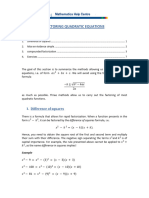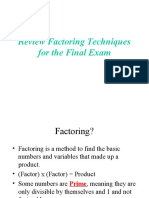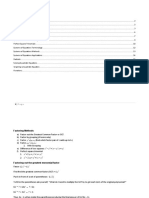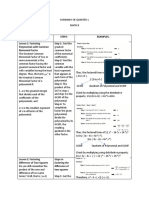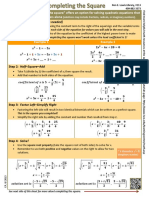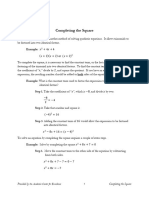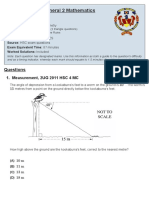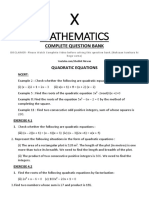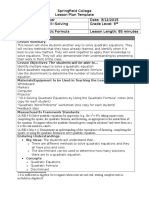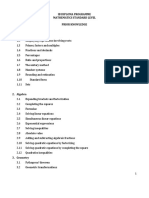0% found this document useful (0 votes)
21 views5 pagesPolynomials Examples
The document provides a comprehensive guide on factoring polynomials, detailing methods such as factoring by grouping, completing the square, and using the quadratic formula. It includes examples for binomials, trinomials, and polynomials with four or more terms, emphasizing the importance of identifying the greatest common factor and recognizing special cases. The document is adapted from educational resources and aims to assist in solving polynomial equations effectively.
Uploaded by
IncredibleCopyright
© © All Rights Reserved
We take content rights seriously. If you suspect this is your content, claim it here.
Available Formats
Download as PDF, TXT or read online on Scribd
0% found this document useful (0 votes)
21 views5 pagesPolynomials Examples
The document provides a comprehensive guide on factoring polynomials, detailing methods such as factoring by grouping, completing the square, and using the quadratic formula. It includes examples for binomials, trinomials, and polynomials with four or more terms, emphasizing the importance of identifying the greatest common factor and recognizing special cases. The document is adapted from educational resources and aims to assist in solving polynomial equations effectively.
Uploaded by
IncredibleCopyright
© © All Rights Reserved
We take content rights seriously. If you suspect this is your content, claim it here.
Available Formats
Download as PDF, TXT or read online on Scribd
/ 5
